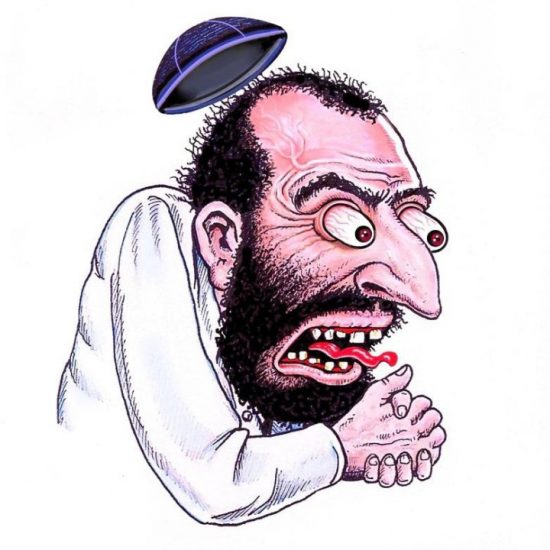WASHINGTON (AP) — Researchers, doctors and patients attending the world’s largest AIDS conference are urging the world’s governments not to cut back on the fight against the epidemic when it is at a turning point.
There is no cure or vaccine yet, but scientists say they have the tools to finally stem the spread of this intractable virus — largely by using treatment not just to save patients but to make them less infectious, too.
“Future generations are counting on our courage to think big, be bold and seize the opportunity before us,” said Dr. Diane Havlir of the University of California, San Francisco, a co-chair of the International AIDS Conference.
“We must resolve together never to go backwards,” said Dr. Elly Katabira, president of the International AIDS Society, told the conference‘s opening session late Sunday.
More than 20,000 scientists, people living with HIV and policy-makers are meeting this week to figure out how to turn some scientific advances into practical protections, valuable additions to those tried-and-true condoms.
Studies show that treating people with HIV early, before they’re sick, not only is life-saving for them but lowers their chances of spreading the virus through sex.
Dr. Anthony Fauci, the leading U.S. AIDS researcher, said already, regions that are pushing to get more people tested and rushed into treatment are starting to see infections drop, from San Francisco and Washington to part of South Africa.
On another front, healthy people can take the daily AIDS medicine Truvada to lower their risk of infection from a sexual partner. Hard-hit countries are grappling with how to try that protection in their highest-risk populations.
Other goals include getting more HIV-infected pregnant women treated to protect their babies, and getting more men circumcised in developing countries to protect them from heterosexual infection.
But money is a big challenge during a global recession — and for countries weary of the fight against a disease with an ever-growing number of people who need care. Today, there are 34.2 million people living with HIV, and while infections are dropping slowly, still 2.5 million are infected every year.
The world spent $16.8 billion fighting AIDS in poor countries, the hardest-hit, last year. But that’s still $7 billion a year shy of the amount needed to nearly double the 8 million people getting life-saving drugs by the world’s goal of 2015.
“This gap is killing people,” UNAIDS chief Michel Sidibe told the conference. “My friends, the end of AIDS is not free. It is not too expensive. It is priceless.”
Related posts:
Views: 0
 RSS Feed
RSS Feed

















 July 23rd, 2012
July 23rd, 2012  FAKE NEWS for the Zionist agenda
FAKE NEWS for the Zionist agenda 
 Posted in
Posted in  Tags:
Tags: 
















